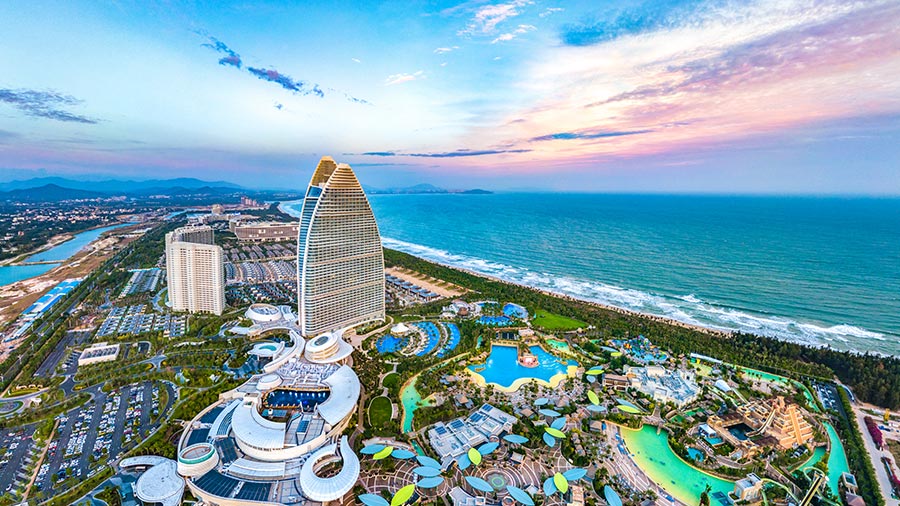Investing in Hangzhou: The Linjiang Industrial Zone
Aug. 26 – Located to the northeast of the Xiaoshan district of Hangzhou and sitting along the south bank of the Qiantang River, the Linjiang Industrial Zone (LjIZ) was built in 2003 as a provincial-level zone with an area of 74.31 square kilometers.
According to its development plan, the LjIZ was established to meet the need for land lacking in other zones. Another objective is to lay the primary infrastructure for the future urban expansion of the Xiaoshan district.
The LjIZ borders the Jiangdong Industrial Park in northwest and the Shaoxing Binhai Industrial Zone in the south and should complete its industrial integration around the Hangzhou bay.
During its first phase spanning 2003–2010, the zone will be dedicating its efforts on a limited number of industries. Among them, automatic machinery, and in particular the mechanical auto-spare parts. There is also the production of new building materials like textile, printing and dyeing, chemistry and chemical engineering.
Meanwhile, the zone also promotes high-tech sectors and services such as biomedical and marine industries, electronic, IT, laser, logistic and finance as a way of diversifying.
Another goal is to upgrade the previous industries in terms of technology and talented workforce. These actions will be intensified during the second phase of development in the years 2011–2020. The LjIZ will build an incubator before 2010 and the zone will enhance its partnership with several universities across China.
After five years, 40 square kilometers of the zone have already been developed although less than 20 square kilometers are occupied. Moreover, the LjIZ has almost completed all its infrastructure. There is a natural gas system which will be finished by next year. The zone also provides for all the other needs that companies might need: power, heat, water, sewage and telecommunication.
As for transportation, the LjIZ has advantages. It is only 12 kilometers away from the Xiaoshan International Airport and is located near the estuary of the Qiantang river that makes it the only development zone in Hangzhou to have a port.
The port has a capacity of 500 tons and plans to construct more berths will expand the port’s capacity to 5000 tons. In addition, the extending section of the grand canal which is under construction will be connected to the harbour.
Moreover, the LjIZ is located to the crossroads of all the main expressways in the region coupled with a well-developed internal road network.
Despite a bridge across the Qiantang river that cuts the distance between the zone and downtown Hangzhou, bus lines and taxis remain limited. The zone has a hard time attracting a qualified workforce and lacks in the availability of urban equipment.
In conclusion, the main advantages of the LjIZ includes lower business costs, larger room for expansion and potential as an alternative base for manufacturing projects.
For more information about the LjIZ, please contact Belle Huang or visit their website.
For assistance with legal incorporation and tax advice in Hangzhou, please contact Helen Ye, manager, Dezan Shira & Associates Hangzhou office.
- Previous Article The Beijing Olympics: A Fifteen-Year-Long Ride
- Next Article Investment Spotlight: Xiaoshan Economic and Technological Development Zone
























